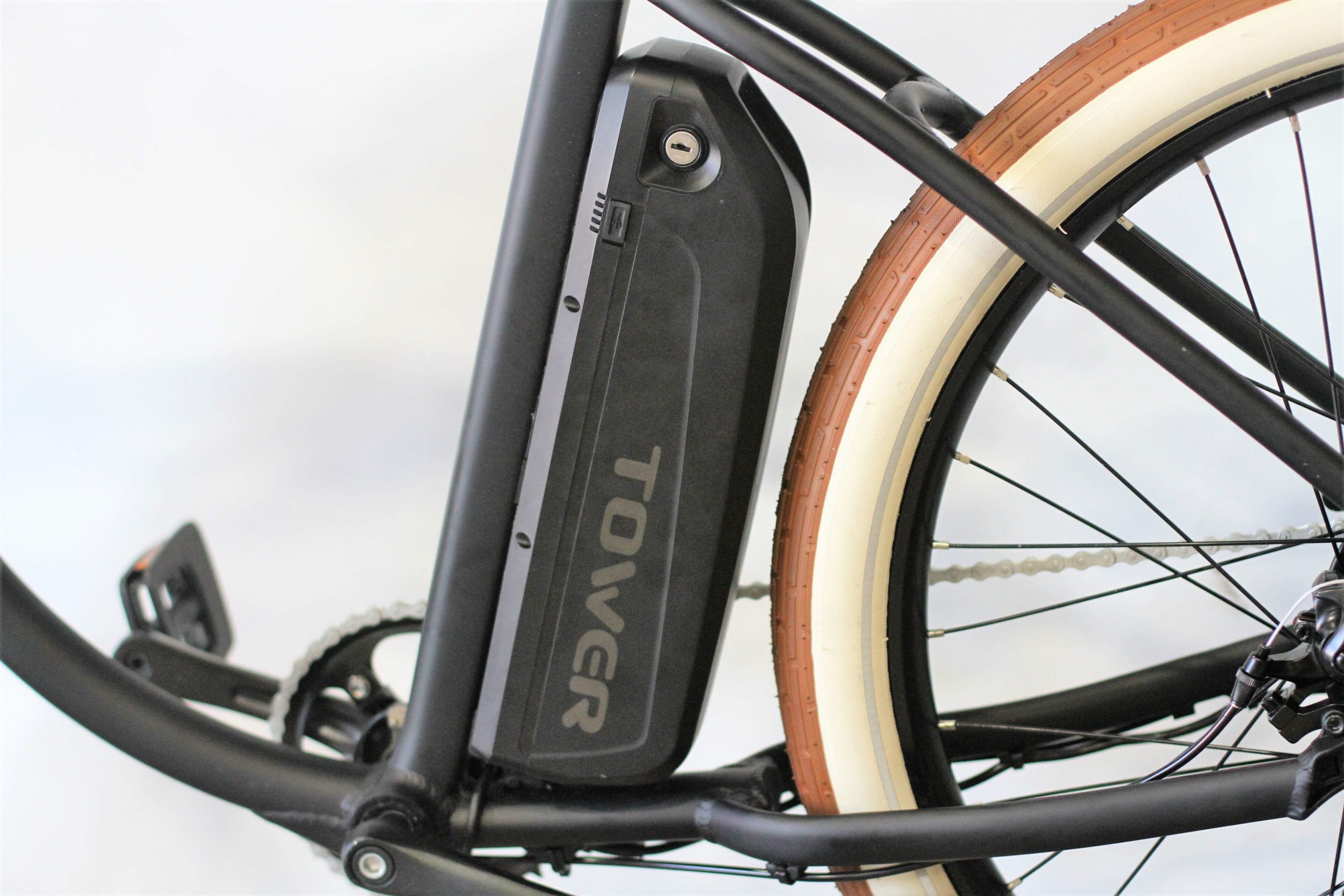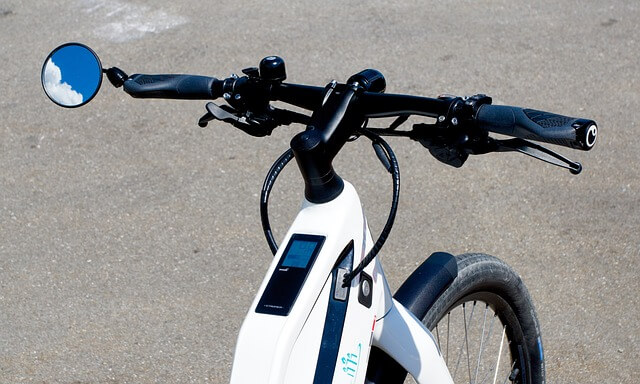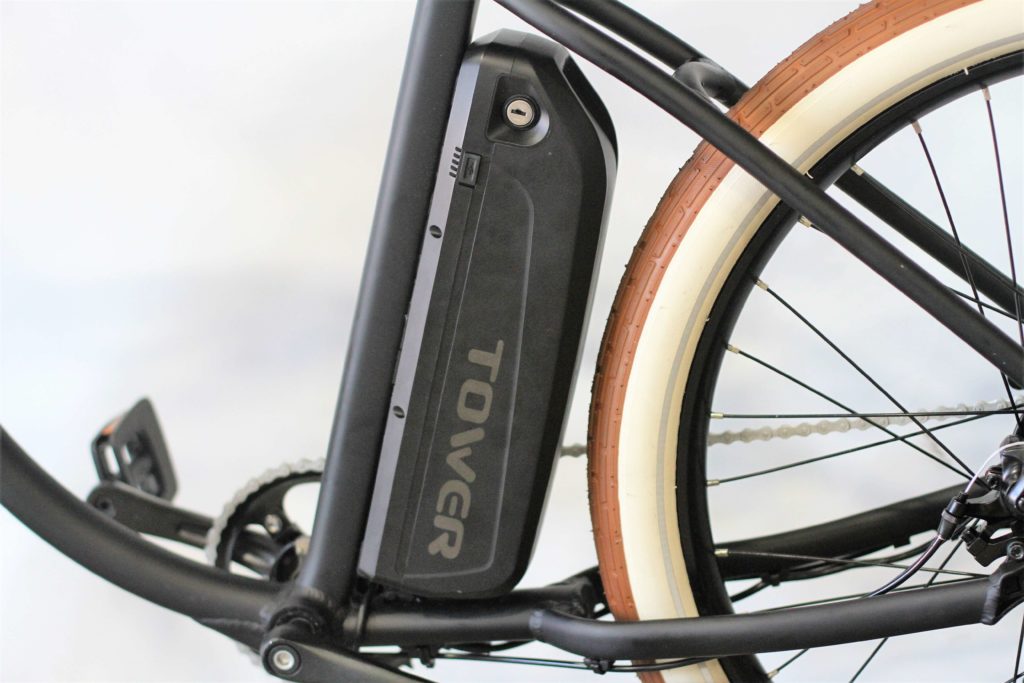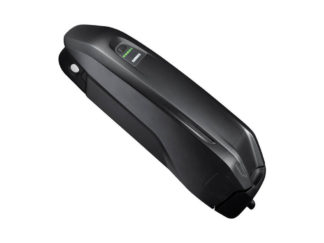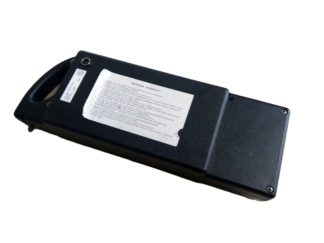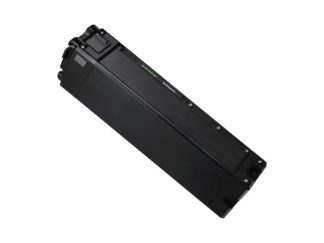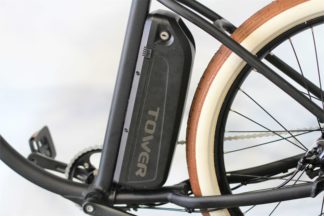Kuvaus
Sähköpyörän akun kennotus säästää rahaa ja luontoa! Kennottaminen eli vanhojen akkukennojen vaihtaminen uusiin on uuden akun ostamista edullisempi tapa saada taas pyörät pyörimään. Akku kuoleentuu yleensä talvisin, koska sen jännite laskee liian alas (alle 2.5V li-ion akussa).
Sähköpyörissä käytettävät akut
Suomessa miltei kaikki sähköpyörän akut käyttävät li-ion tai li-po akkukennoja. Litiumakkujen etu on keveys ja suuri kapasiteetti ja virransyöttö akun kokoon nähden. Litiumakkujen heikkous on herkkyys yli- tai alilatauksille. Esimerkiksi sähköpyörissä eniten käytetty akkukenno 18650 li-ion vaatii varauksen pysymistä 2,5V – 4,2V välissä. Akkupaketteihin on siksi lisätty BMS (Battery Management System) eli varauksenhallintapiiri.
Varauksenhallintapiirin eli BMS tehtävä on valvoa akkupaketin kennoja, ja keskeyttää purku tai lataus, kun akku saavuttaa ohjelmoidun jännitetason. BMS:n takia litiumakkujen käyttö on melko yksinkertaista, sillä pyöräilijän ei tarvitse mittailla akun varausta, vaan BMS lopettaa virransyötön. Siten akku loppuu ennen kuin se saavuttaa vaarallisen alhaisen jännitteen. Sama juttu siis kuin puhelimessa. Puhelin ilmoittaa akun varaukseksi 0%, mutta todellisuudessa akussa on vielä virtaa, jotta syväpurkaminen ei vahingoittaisi sitä.
Proakun vinkit sähköpyörän akun kunnossapitoon:
- Älä pura akkua liian tyhjäksi! Jos mahdollista, älä pura akkua alle 20% varaukseen. Litiumakku alkaa hapettua liian matalassa varauksessa. Pidä akku 60-80% varauksessa varsinkin varastoinnissa. Talvella akku on hyvä ladata kolmen kuukauden välein.
- Jos ajat akun kuumaksi, anna sen jäähtyä ennen latausta. Akku voi lämmetä, kun sitä puretaan kovalla virralla. Lämpö on varsinkin li-po akun vihollinen. Akkukemia pysyy tasaisempana ja kunnossa kauemmin, jos et lataa akkua kuumana.
- Pidä akku lähellä huoneenlämpöä. Suomen pakkastalvi imee akuista mehut, jos akku jätetään kylmään. Samoin yli 40ºC lämpötilat pidemmän päälle haittaavat akun kemiallisia reaktioita. Ota akku sisään talveksi ja kesällä varastoi varjossa.
Miten kauan sähköpyörän akku kestää?
Pyöräilijän ajotyyli vaikuttaa akun käyttöikään. Kovat kiihdyttelyt vaativat akulta enemmän virtaa. Litiumakku kestää noin 500 uudelleenlatausta. Tätä voi vähentää huomattavasti, jos akkua puretaan jatkuvasti suurilla virroilla. Jotkut pyörät priorisoivat kantaman ja akun iän rajoittamalla akun ulosantia.
Litiumakun suorituskyky on aina kompromissi kapasiteetin ja virransyötön välillä. 18650 akun maksimikapasiteetti on käytännössä 3500mAh eli 3,5Ah. Virtaa saa tuon kokoisesta akkukennosta maksimissaan noin 35 ampeeria. Näitä ominaisuuksia ei kuitenkaan saa koskaan samassa akkukennossa.
Suuri kantama saadaan valitsemalla suuren kapasiteetin akkukenno, kuten Samsung 35E tai LG MJ1. Nämä 18650 akut tarjoavat 3,5 Ah kapasiteetin, mutta maksimi purkuvirta on vain 10 ampeeria. Mikäli pyörästä halutaan enemmän tehoa irti, voidaan valita korkean purkuvirran akkukennot, kuten Sony VTC5A tai Molicell P26. Näissä akuissa on vain 2,6Ah kapasiteetti, mutta hurja 35A virransyöttö.
Tietysti akkuja kytkemällä rinnan ja sarjan, saadaan akkupakettiin tutumpia lukemia, kuten 36V ja 418Wh. Nämä lukemat ovat Shimano STEPS BT-E6000 akusta. No mitäs kun äsken puhuttiin ampeereista ja nyt yhtäkkiä wattitunneista?
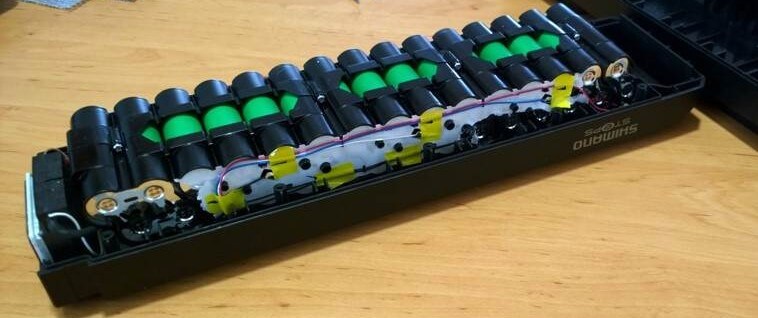
Shimano BT-E6000 sähköpyörän akussa on käytetty 18650 li-ion kennoja, joiden nimellisjännite on 3,6V. Voidaan siis laskea, että akussa on kytketty sarjaan 10 akkua. 36V / 3,6V = 10.
Ampeerit saadaan jakamalla wattitunnit jännitteellä, eli volteilla. 418Wh / 36V = 11,61 Ah. Sitten kun tiedetään, että Shimanon akussa on 40 kennoa, voidaan jakaa 11,61Ah neljällä. Neljä siksi, että tiedämme jo, että akkuja on peräkkäin 10 kpl, joten rinnakkain 10 pötköjä on neljä.
11,61Ah / 4 rinnan kytkentää = 2,9 Ah. Tästä tiedämme siis, että akussa on käytetty 40 kpl 18650 akkuja, joiden kapasiteetti on 2900mAh.
Tämä on hyvä tietää, jos mietit mitä akkukennoja käyttäisit sähköpyöräsi akun päivityksessä.
Mitä pitää ottaa huomioon sähköpyörän akun kennotuksessa?
Sähköpyörän akun paketti voidaan rakentaa käyttäjän tarpeiden mukaan käyttämällä suuren kapasiteetin kennoja tai suuren purkuvirran kennoja. Yleisin tarve on matka-ajon maksimointi, eli meillä yleensä laitetaan LG MJ1 18650 kennoja, joilla saadaan 3,5Ah kapasiteetti per kenno. Toinen erinomainen, hieman viileämpänä käyvä vaihtoehto on Panasonic-Sanyo NCR18650GA 18650 akkukenno, 3,5Ah kapasiteetilla ja 10A purkuvirralla.
Litiumakun toiminnan mahdollista BMS on myös akun vaikein elementti. Valmistajalta tulevissa BMS varauksenhallintapiireissä on valmiina ohjelmoitu äly. Siihen liittyy akun toiminnan valvomisen lisäksi myös keskustelua pyörän hallintajärjestelmän kanssa. Esimerkiksi akku kertoo varauksestaan tietoja pyörän ajotietokoneelle, joka vaatii selvästi monimutkaisempaa ohjelmointia. Sähköpyörävalmistajat eivät tietenkään myy erikseen BMS piirejä, vaan suoraan uusia akkuja.
BMS on tee-se-itse rakentelijan suurin haaste. Varauksenhallintapiiri voi pitää akkua kuolleena, jos se on seisonut kauan tyhjillään. Vaikka kennot ladattaisiin erikseen takaisin hyvään varaukseen, BMS:n ohjelmointia ei yleensä voida kotikonstein muuttaa. Silloin on ostettava uusi akku tai laitettava geneerinen bulkkiBMS, joka valvoo akkukennoja, mutta ei osaa muuta. Silloin sähköpyörä voi toimia vanhalla akulla, mutta se ei enää osaa samoja temppuja kuin alkuperäinen.
Tee-se-itse sähköpyörän akun kennotus
Ainoastaan BMS:n tila on esteenä niille, jotka ovat käteviä käsistään. Jos BMS on akussa hyvin hereillä, mutta akkukennot ovat väsyneet, voi kennot vaihtaa.
Tässä on englanninkielen taitoisille hyvä esimerkki videolla:
Videolla tehdään 13S2P eli 13 kennoa sarjaan, 2 rinnan akkupaketti. Siinä käytetään Samsung INR18650-25R 18650 akkukennoja, jotka antavat 20A jatkuvan purkuvirran ja 2,5Ah kapasiteetin. Kahden kennonrivin rinnankytkentä siis tarkoittaa akkupaketissa 5Ah kapasiteettia ja 40A purkuvirtaa. 13 kennoa pötkössä, eli sarjaankytkettynä tekevät akkupaketista 13x 3,6V = 46 voltin jännitteen.
Mitä akun kennotus vaatii?
Akkupakettia rakentaessa akkukennojen jännitteen on oltava mahdollisimman lähellä toisiaan. Mikäli akussa on kovat jännite-erot, voi pahimmassa tapauksessa rakentaa valmiiksi toimimatonta akkua.
Akkujen liittäminen toisiinsa akkupaketiksi tehdään pistehitsaamalla. Pistehitsaus on käytännössä ainut toimiva tapa, sillä kolvaaminen kuumentaa akkua liikaa ja pahimmillaan pilaa koko kennon.
Pistehitsauksessa johdetaan sähkövirtaa hitsauskohtaan, jolla saadaan hitsin vaatima lämpö aikaiseksi. Lopputuloksena on tosi siisti hitsausjälki, sekä akkukennon säilyminen ehjänä.
Lisää tietoa akun suunnittelusta ja rakentamisesta tässä artikkelissa: https://www.instructables.com/id/DIY-EBike-Battery-Pack/ Käy ainakin katsomassa kuvat.
Sähköpyörän akun kennotus tilaustyönä

Jos akkusi vetää viimeisiään, voit myös lähettää sen meille. Analysoimme sen kunnon ja uudelleen kennottamisen mahdollisuudet. Mittausten jälkeen sovimme asiakkaan kanssa mihin suuntaan projektin kanssa lähdetään. Meiltä voi tilata akkupakettiin mitä tahansa myymistämme akkukennoista, mukaanlukien uudet 20700 ja 21700 akkukennot.
Työn hinta koostuu akkukennoista ja tehdystä työstä. Akun monimutkaisuudesta riippuen työ voi maksaa 150-200 euroa. Lopputuloksena lähetämme takaisin akun, jossa todennäköisesti on alkuperäistä paremmat ominaisuudet. (Ei tarvitse käyttää mahdollisimman halpoja kennoja, joten voidaan maksimoida esimerkiksi kapasiteetti akkukoon sallimissa rajoissa.)
Sähköpyörän akkujen kennotus riippuu paljon akun rakenteesta ja toivotuista ominaisuuksista, joten ota yhteyttä sähköpostilla [email protected]
Viestiin tulisi liittää ainakin akun malli ja mielellään kuva akusta. Rakennetaan sinulle sopivat akut!
Akun voitte lähettää osoitteeseen:
- Jesi Verkkokaupat Oy
- Pääskynlento 13 B 43
- 20610 Turku
- FINLAND
- 045 263 8565
- Muista laittaa laturi mukaan!

